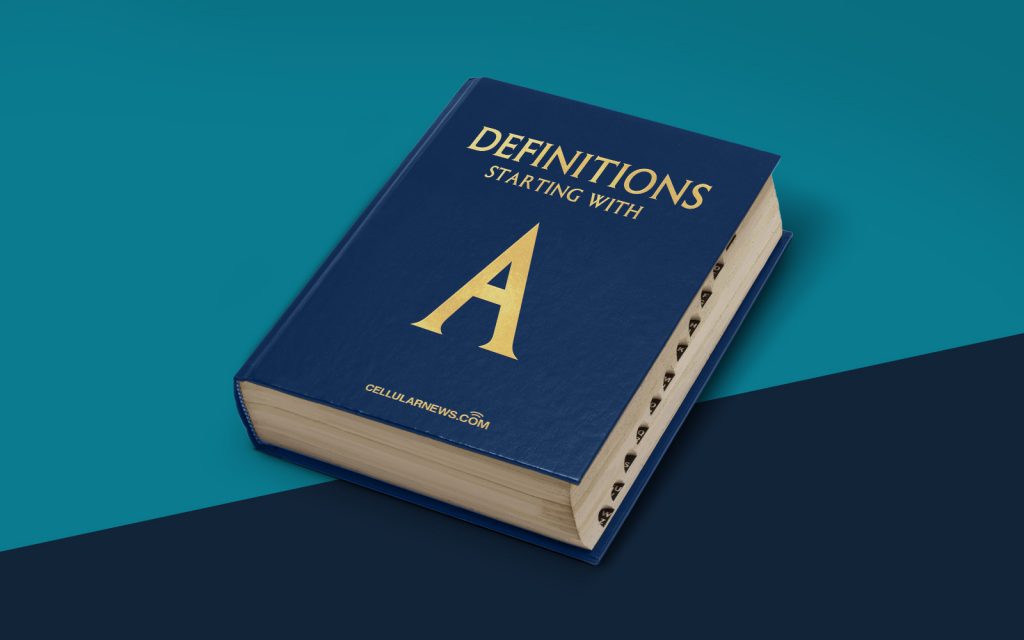
What is Anchor Text?
Welcome to another installment of our “Definitions” series, where we break down common SEO terms and demystify them for you. Today, we’re diving into the concept of anchor text. So, what exactly is anchor text and why is it important for your website?
Anchor text refers to the clickable text in a hyperlink. When you insert a link into your content, the anchor text is what users see and click on to navigate to another page. It not only helps users understand what they can expect when they click the link, but it also provides valuable information to search engines about the content on the linked page. In other words, anchor text acts as a signal to search engines, influencing how they perceive and categorize the linked page.
Key Takeaways:
- Anchor text is the clickable text in a hyperlink.
- It provides information to search engines and helps users understand the content they will land on after clicking.
Types of Anchor Text:
Now that we’ve defined anchor text, let’s explore the different types you might encounter:
- Natural Language Anchors: These are anchor texts that use descriptive words or phrases that naturally fit within the context of the surrounding content. They provide clear and relevant information about the linked page.
- Branded Anchors: Branded anchor texts use the name or brand of a company as the clickable text. For example, if you come across a link with the anchor text “ABC Company,” it would guide users to the ABC Company’s website.
- Exact Match Anchors: This type of anchor text uses the targeted keyword phrase as the clickable text. While it was popular in the past, search engines now pay extra attention to websites that excessively use exact match anchors, as it may be considered manipulative and can lead to a penalty.
- URL Anchors: URL anchors use the full URL of a webpage as the clickable text. These anchors are commonly seen when linking to specific pages within a website or referencing external webpages.
- Image Anchors: When an image is linked, the anchor text is typically the alt text associated with the image. Alt text provides a description of the image for users who may not be able to see it.
Best Practices for Using Anchor Text:
Now that we understand the different types of anchor text, let’s discuss some best practices for using it effectively:
- Make it relevant: Ensure that the anchor text accurately represents the content of the linked page. This helps both users and search engines understand what to expect.
- Avoid excessive exact match anchors: Overusing exact match anchor text can be seen as spammy and may negatively impact your website’s SEO. Instead, focus on using natural language and varied anchor texts.
- Link to high-quality and authoritative pages: When choosing anchor text, it’s essential to link to reputable sources that provide value to your readers. This can increase the credibility and trustworthiness of your content.
- Optimize for user experience: Prioritize user experience by ensuring your anchor text is clear, concise, and easy to understand. Avoid generic and vague anchor texts that provide little context.
- Monitor and adapt: Regularly analyze and monitor the performance of your anchor text. If certain anchor texts are not generating the desired result or if search engine algorithms change, be prepared to adapt your strategy accordingly.
Now that you have a solid understanding of anchor text, you can leverage this knowledge to enhance your website’s SEO and improve user experience. Remember to always keep the user in mind when creating anchor text, and aim for a balance between relevance and variation. Happy optimizing!
